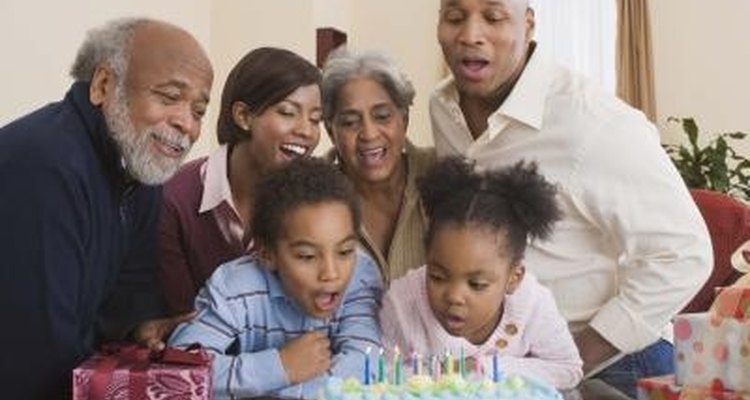
A genogram is a visual depiction of the members of a family tree and the conditions and dynamics that govern their lives. According to the Multicultural Family Institute, a genogram allows insight into the systemic family unit. A genogram primarily utilizes symbols to demonstrate these concepts, with words added for clarity if needed. Monica McGoldrick, LCSW, pioneered the genogram and its symbols. While many symbols used in genograms are standard, there are variations. Therefore, including a key to symbols used in a genogram is vital.
The Basic Symbols
The first set of symbols used in a genogram sets the basic demographics of family members. A circle represents a female, while a square represents a male. When used as a tool in therapeutic environments, genograms use a square-within-a-square or a circle-within-a-circle to show the targeted person, which is the person for whom the genogram is to help; usually this is the client. Meanwhile, a downward-pointing triangle contained within a circle or square indicates a lesbian or gay person; if the triangle is dotted, it represents a bisexual person. Just as a pedigree chart uses straight, solid lines to separate generations and connect people to each other, the genogram starts off the same.
Symbols That Show How Members are Related
Genograms use straight lines to show how people in a family tree are related. A three-generation family tree chart starts with the third oldest generation on top -- the grandparents, for example. A square on the left, representing the grandfather, connected by a straight, horizontal line to a circle to the right, representing the grandmother, shows that they are married. A vertical line descending from the marriage line represents a child; again, a square at the bottom of the vertical line represents a son and a circle represents a daughter. Each descendant has his own vertical line. This system of representation continues downward for each generation.
Symbols That Show Types of Relationships

The basic genogram will use different types of lines between members of a family tree to show different types of relationships. A solid line connecting two people horizontally indicate a marital relationship. A dashed line between two people indicates a non-marital, cohabitation relationship. A solid line with a dashed line immediately above it represents a committed relationship with partners living apart.
Symbols That Show the Quality of Relationships

Genograms utilize all available space of the chart. The use of lines, symbols and words crosses multiple generations and shows dynamics between family members. For example, drawing a line between a parent and child with the line split in two represents a cut off relationship. Similarly, drawing a divided line between two siblings shows that they are estranged. To show that a female child has a strained relationship with her mother but a close relationship with her grandmother, draw a squiggly, v-shaped line between the mother and the daughter and two parallel lines between the grandmother and the granddaughter.
Symbols to Show Health Conditions

Health conditions depicted on a genogram can potentially save a life. Medical information added to a genogram using colors and/or lines drawn inside the affected person's shape serves to inform future generations of what conditions may be passed on to them. A software program used to create genograms indicates diabetes by shading in the lower left quarter of the affected person's circle or square in green. Monica McGoldrick is broader in her use of symbols for medical or psychological problems: Her method shows these problems by shading in the left half of the affected person's shape and writing in the condition. Mental health conditions are also identifiable in a genogram. According to McGoldrick, drawing a plus sign in the circle or square and shading in the lower left quadrant indicates the person is in substance abuse recovery.
Related Articles
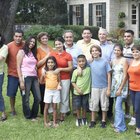
How to Construct a Kinship Diagram
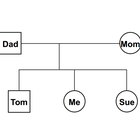
How to Draw Genograms

How to Do a Genogram

Genograms & Ecomaps
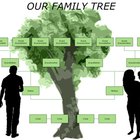
Family Tree Rules

How to Draw a Family Tree When There Is ...

How to Find Twins on Pedigree Charts

How to Make a Genogram Chart
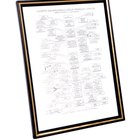
How to Make a Free Genogram

How to Create a Family Tree That ...

How to Make a Family Tree With Ex ...

How to Make a Ranger's Cloak From the ...
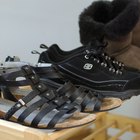
How to Measure Shoe Width Size
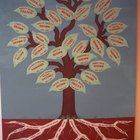
How Are Second Cousins Related?
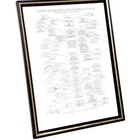
How to Give a Written Analysis of a ...
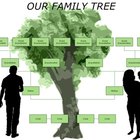
How to Make a Family Tree for the 5th ...

Aloe Ferox Benefits

Wide Width Vs. Double Wide Width Shoes

The Difference Between First and Second ...

How to Address an Envelope With ...
References
Resources
Writer Bio
Colleen McHugh started her freelance writing career in 2010. She was credited for her photographic submission in the "Encyclopedia of American Disability History," published by Facts on File. McHugh holds a Master of Social Work from Arizona State University and is currently practicing in Tucson, Ariz.
Photo Credits
Jupiterimages/Comstock/Getty Images